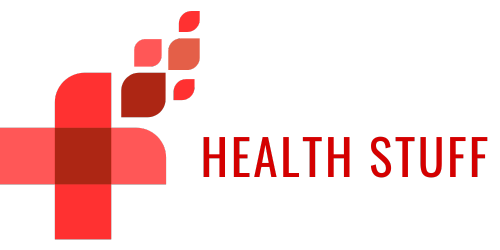Artificial intelligence to optimize public health
Healthcare and AI
During the past couple of years, almost all of the leading health systems in the world have adopted some kind of AI technology. Machine learning and natural language processing are the two most popular. AI technologies based on machine learning or NLP can greatly benefit various healthcare operations and tasks. The very fast and rapid development of these AI technologies has been instrumental in transforming health system administration. In this article, we are going to take a closer look at how AI optimizes public health.
The need for digitalization
AI and digitalization go hand in hand. Over the past two years, we have seen a great increase in patients. The global pandemic has caused many problems and health clinics, all over the world, struggled to keep up with the increase in patients. However, new, innovative solutions appeared in the form of digitalized services, tools, and AI that have been in development for quite a while.
The world saw a lot of benefits and both patients and doctors had an easier time handling appointments, scheduling, and so on. However, there are plenty of additional benefits of using AI in the world of healthcare.
The need for digitalization is now more than ever present in health clinics around the globe. By utilizing the potential of AI systems powered by ML and NLP, health clinics can increase their outreach, get and stay in touch with patients more efficiently, and overall improve the experiences of patients during their healthcare journeys.
Optimizing public health with the use of AI and digital tools and services
The main objectives and goals of each health clinic are to have satisfied patients who can receive all of the necessary healthcare services easily and stress-free. To do this, health clinics need to optimize public health. This can be achieved with the use of the previously mentioned AI technologies. NLP engine-powered AI systems, such as Patricia, are trained to handle various healthcare interactions.
An NLP AI such as Patricia uses agile, effective, and innovative solutions to communicate with patients efficiently and tackle multiple different healthcare-related tasks. Through efficient, personalized, timely, and measurable care, health clinics will be able to properly manage actions such as:
-
Scheduling
-
Reminders
-
Waiting lists
-
Preventive campaigns
-
Monitoring chronic patients
-
Surveys
By optimizing and handling all of these tasks, health clinics will be able to better focus on their patients, save both time and money, and expand their reach to new patients as well.
In addition to handling all these tasks, it is essential that we mention the communication aspect of NLP AIs. Namely, an NLP engine AI such as Patricia that has been trained 100% to handle patients and healthcare interactions has the ability to communicate with patients effectively and in a completely natural way. AI constantly learns and develops. Therefore, in each interaction with a patient, Patricia will from an adequate approach. This means that Patricia can communicate with each patient differently and according to what that particular patient prefers, their response time, healthcare needs, and so on.
More patients can reach health clinics regardless of their location
Optimizing public health means being able to enable patients easier access to healthcare services regardless of their location. AI can help clinics achieve this. From the comfort of their homes, patients can access their healthcare service providers, schedule appointments, reschedule them, get the information they need about their healthcare journey, and so on.
By using digital tools and apps such as WhatsApp or via E-mail, AI can send reminders and handle inputs from patients regarding their appointments. Therefore, no matter where a patient is or how far away patients are from their health clinics, they will be able to receive the needed information. This benefits patient living in remote areas quite a lot.
An optimized flow of patients is needed in order for a health clinic to function properly. If queues and waiting times form, clinics will not be able to receive additional patients and might end up struggling with their scheduling system. AI fixes this by predicting which patient is likely to reschedule and also handling any canceled appointments immediately by instantly offering alternative appointments. This greatly lowers no-shows which have become a big problem for many health clinics.
Efficient AI system can replace call centers
Call centers have been utilized frequently in the world of healthcare. However, they have often proved inefficient. Patients are overall not satisfied with all of the problems that come with call centers such as long waiting times, complicated menus, switching from one agent to another, agents that are not kind and do not have the ability to provide the necessary information, and many other similar issues.
AI such as Patricia works 24/7 and can handle multiple patients at once. With no waiting time, clinics can optimize their workflow and patients instantly and form doctors' agendas easily.
AI for optimization of public health - In summary
To sum up what we have said so far, AI systems, machine learning, and natural language processing, in particular, bring many benefits to health clinics. As you can see, to truly optimize public health clinics need to be able to receive more patients, increase their reach, and of course provide patients with stress-free healthcare journeys. If health clinics maximize the potential of AI systems such as Patricia, both clinics and patients will experience a new kind of healthcare system that revolves around instant, efficient, and easy communication and information sharing. In general, the unprecedented growth of AI over the last couple of years has been crucial in helping clinics transform their systems and handle healthcare-related tasks and patient increase.
 English
English Español
Español
